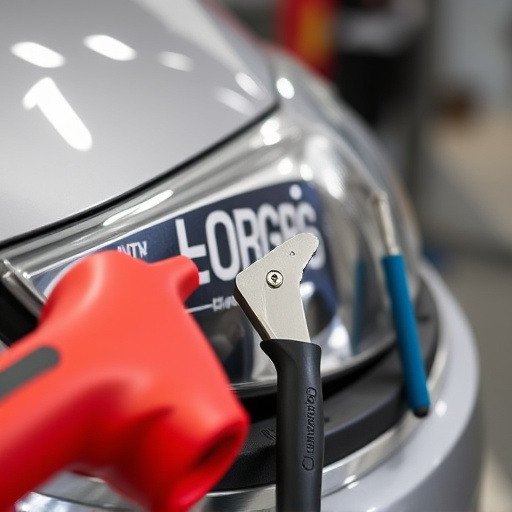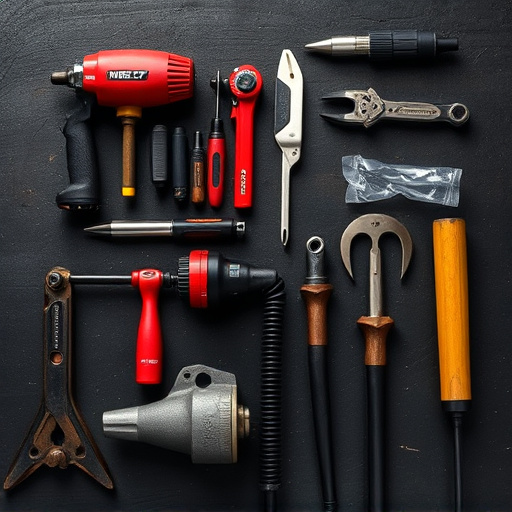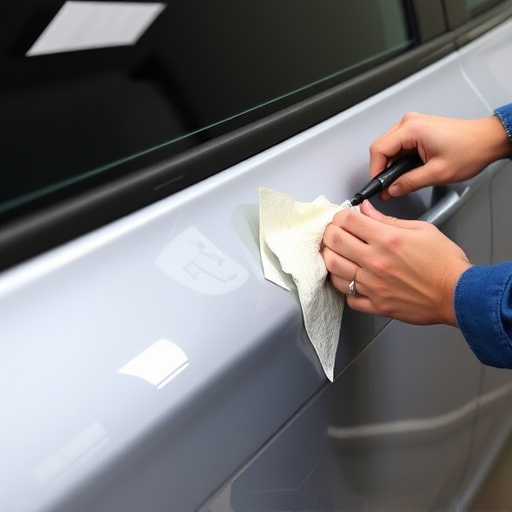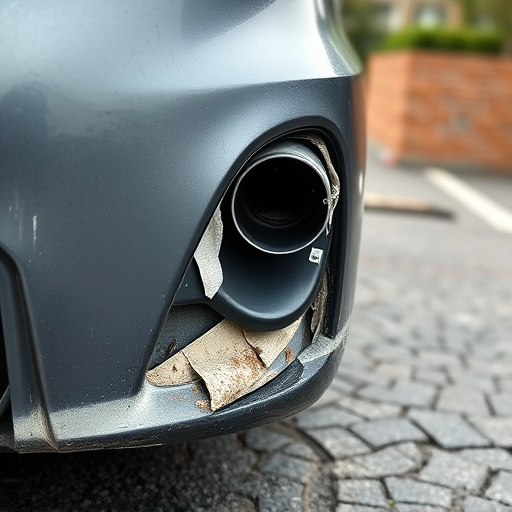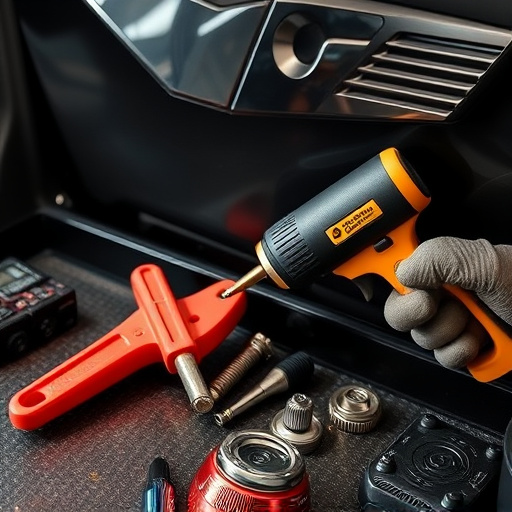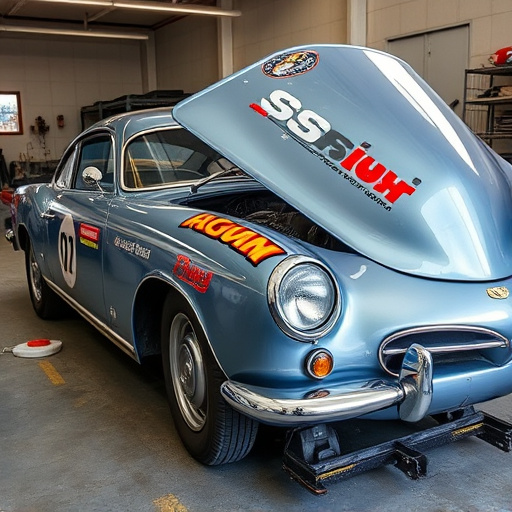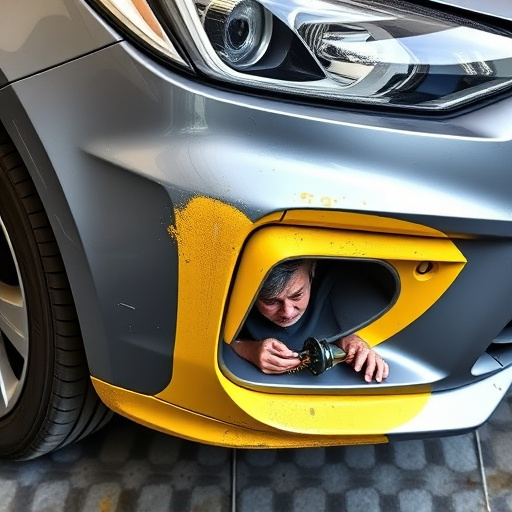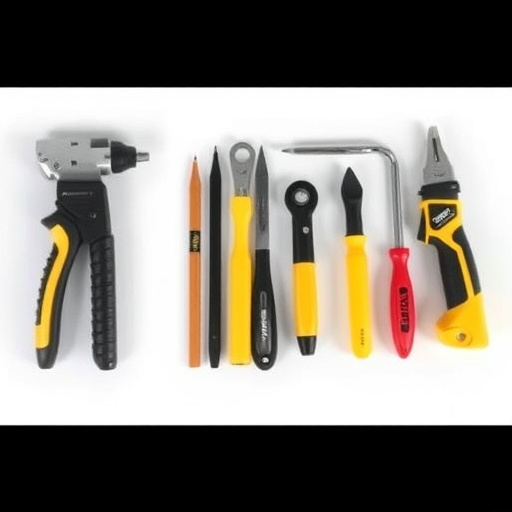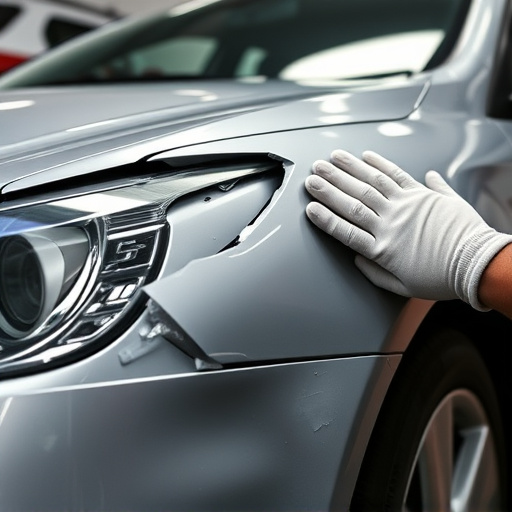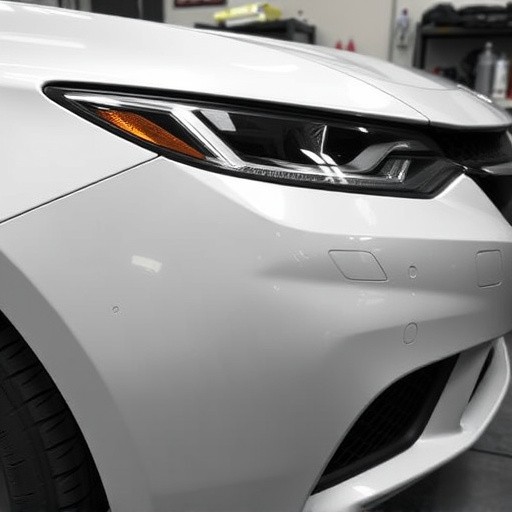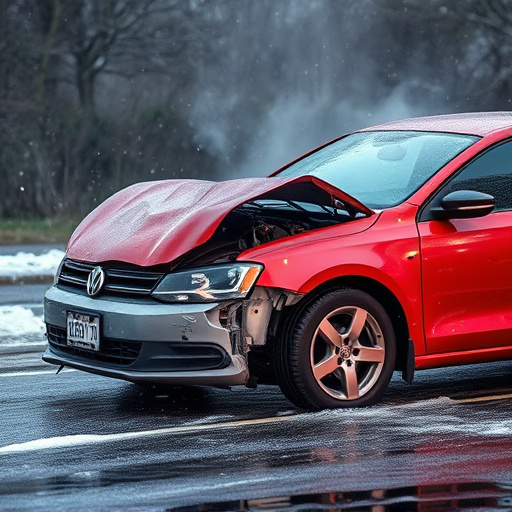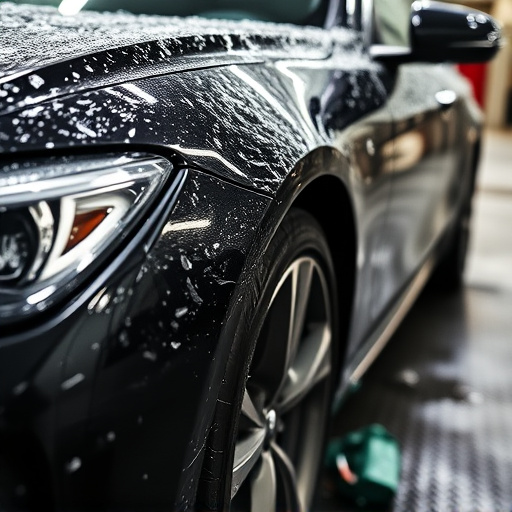Choosing between OEM and aftermarket chrome trim replacements for car restoration depends on fitment, durability, quality, and budget. Aftermarket options are cost-effective but may vary in quality, while OEMs offer precision and superior durability at a higher price. Installation ease and maintenance contribute to longevity, with both types having advantages. Regular upkeep maximizes the lifespan of any chrome trim replacement, ensuring a valuable investment in vehicle aesthetics.
When it comes to replacing your vehicle’s chrome trim, the choices between OEM (Original Equipment Manufacturer) and aftermarket options can be overwhelming. This article guides you through the key considerations in making an informed decision. We’ll explore the nuances of quality and reliability, cost comparisons, installation ease, and longevity to help you select the best chrome trim replacement for your needs. Whether prioritizing budget-friendly solutions or premium options, understanding these factors is essential for a satisfying upgrade.
- Understanding OEM vs Aftermarket Quality and Reliability
- Cost Comparison: Budget-Friendly vs Premium Options
- Installation Ease and Longevity of Chrome Trim Replacements
Understanding OEM vs Aftermarket Quality and Reliability

When considering a chrome trim replacement, understanding the distinction between OEM (Original Equipment Manufacturer) and aftermarket products is paramount for ensuring quality and reliability in your car body repair or fender repair project. OEM parts are designed and manufactured by the same companies that produce your vehicle, adhering to strict standards and utilizing materials specifically tailored to your car model. This results in superior fitment, durability, and longevity—crucial aspects for any classic car restoration endeavor.
Aftermarket chrome trim replacements, on the other hand, come from third-party manufacturers. While they often offer a wider variety of styles and prices, their quality can vary significantly. Lower-quality aftermarket parts may not precisely match your vehicle’s specifications, leading to improper fit or inferior durability compared to OEM alternatives. However, some aftermarkets invest heavily in research and development, producing high-quality products that rival OEMs, making them viable options for both car body repair and fender repair projects.
Cost Comparison: Budget-Friendly vs Premium Options

When considering a chrome trim replacement for your vehicle, one of the primary factors that will influence your decision is the cost. On one hand, budget-friendly options are readily available and can be an attractive choice for those looking to save money. These aftermarket replacements, often sourced from third-party manufacturers, typically offer lower prices compared to OEM (Original Equipment Manufacturer) parts. Aftermarket chrome trim is usually a straightforward, quick-fix solution for minor damages or cosmetic upgrades.
On the other hand, premium options like OEM chrome trim replacement parts carry a higher price tag but come with several advantages. These parts are manufactured by the same companies that produce the original equipment for your vehicle’s make and model, ensuring precise fitment and superior quality. Moreover, they often include additional features or warranty coverage, reflecting their higher cost. While a collision repair center may initially recommend OEM parts due to their superiority in terms of durability and longevity, aftermarket options can still be a viable choice for those on a tighter budget who prioritize affordability without compromising on basic functionality and aesthetics during an auto maintenance routine.
Installation Ease and Longevity of Chrome Trim Replacements

When considering a chrome trim replacement for your vehicle, one of the primary factors to evaluate is ease of installation and longevity. OEM (Original Equipment Manufacturer) replacements typically offer a straightforward installation process, as they are designed to fit perfectly with your vehicle’s existing components. This simplicity can save time and effort, especially for those without extensive auto repair skills. On the other hand, aftermarket chrome trim alternatives might require more intricate installation due to their customizable nature, but they often come with detailed instructions and, in some cases, additional tools to make the job easier.
In terms of longevity, both OEM and aftermarket options have their strengths. OEM replacements are known for their quality and ability to withstand the test of time, aligning well with the vehicle’s original specifications. Aftermarket parts, while sometimes offering a wider variety of styles, may vary in durability. However, many reputable manufacturers use high-quality materials, ensuring longevity comparable to OEM products. Regular auto maintenance can further extend the lifespan of any chrome trim replacement, making it an investment that can enhance your vehicle’s aesthetics for years to come.
When deciding between OEM and aftermarket chrome trim replacements, consider your budget, desired quality, and installation complexity. While OEM parts offer superior reliability and a genuine look, aftermarket options provide more variety and affordability. Ultimately, the choice depends on your specific needs and preferences for your vehicle’s aesthetic enhancement. For a seamless and long-lasting chrome trim replacement, carefully evaluate each option based on these key factors.


